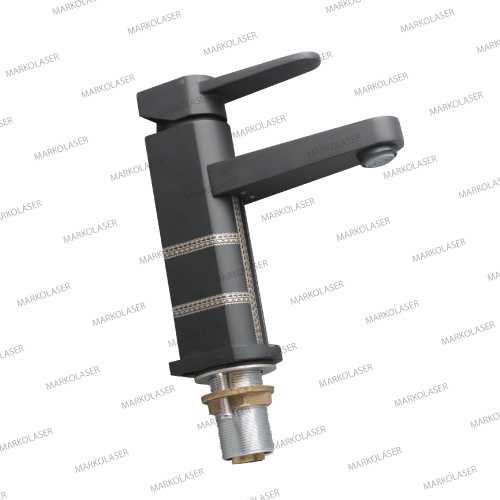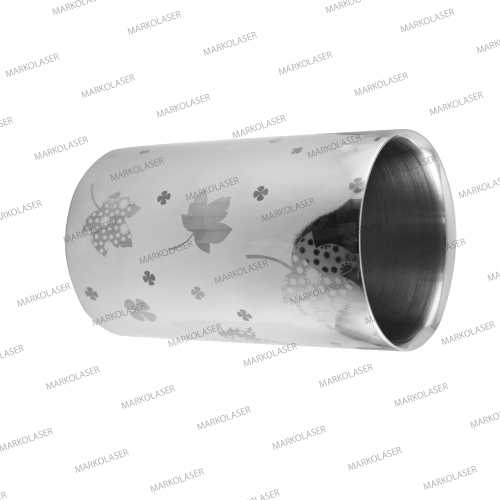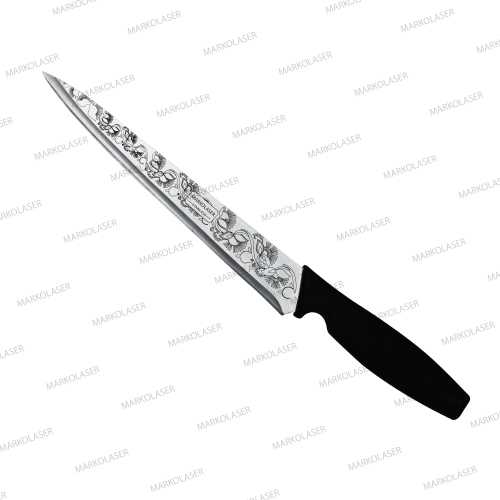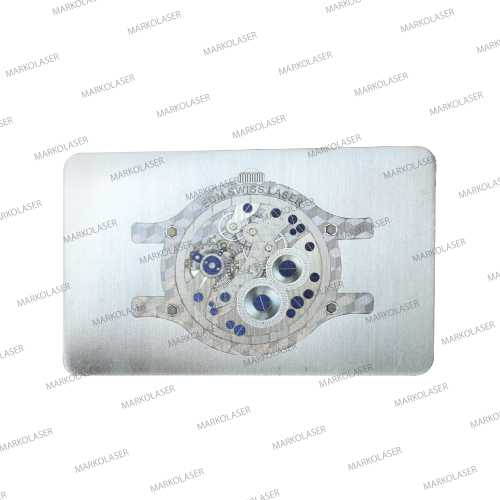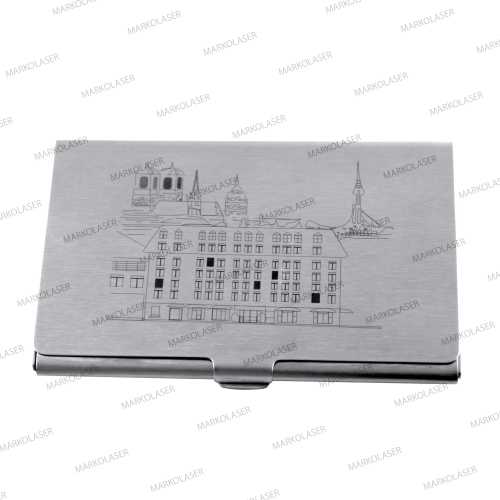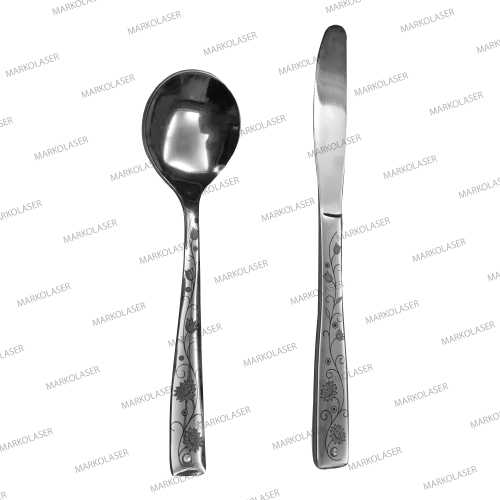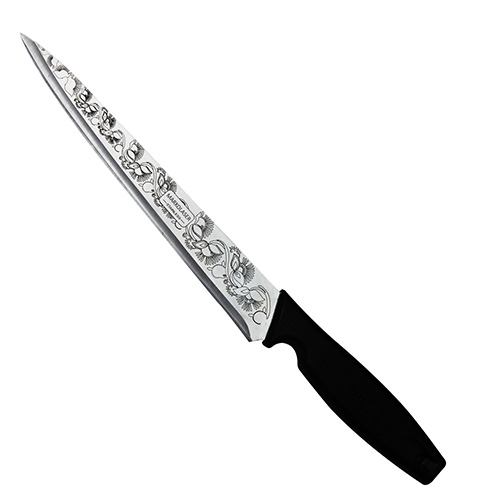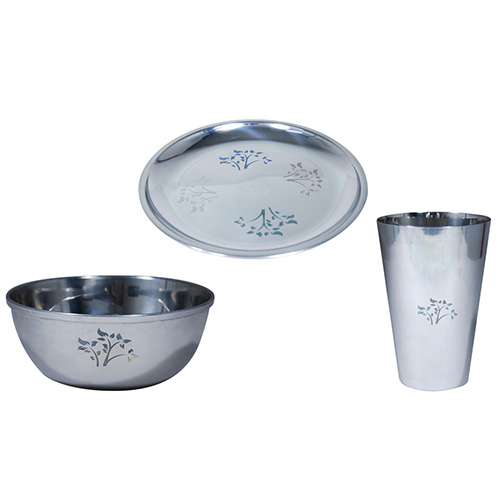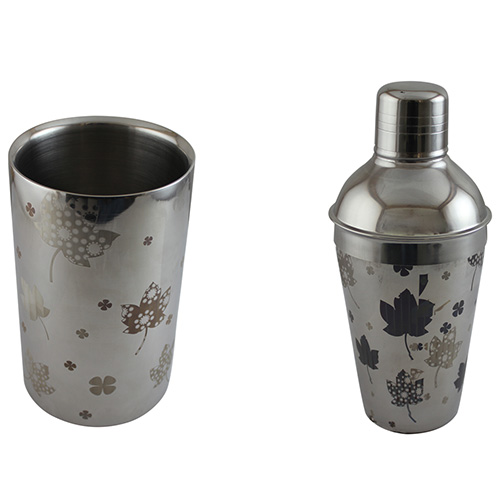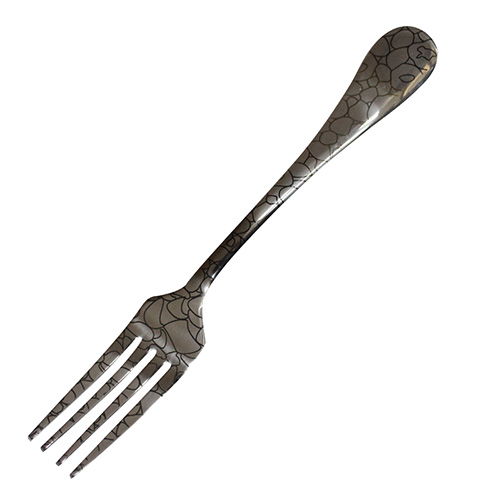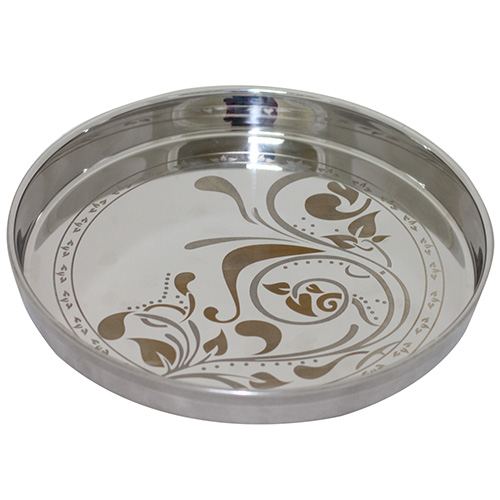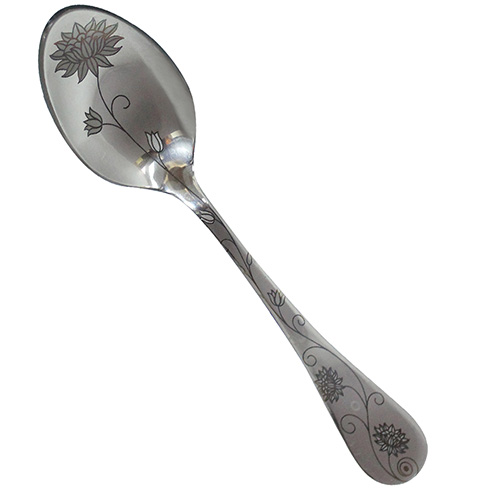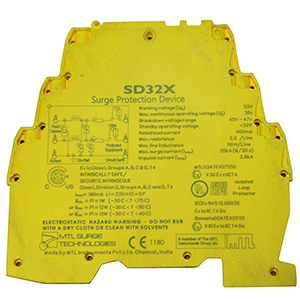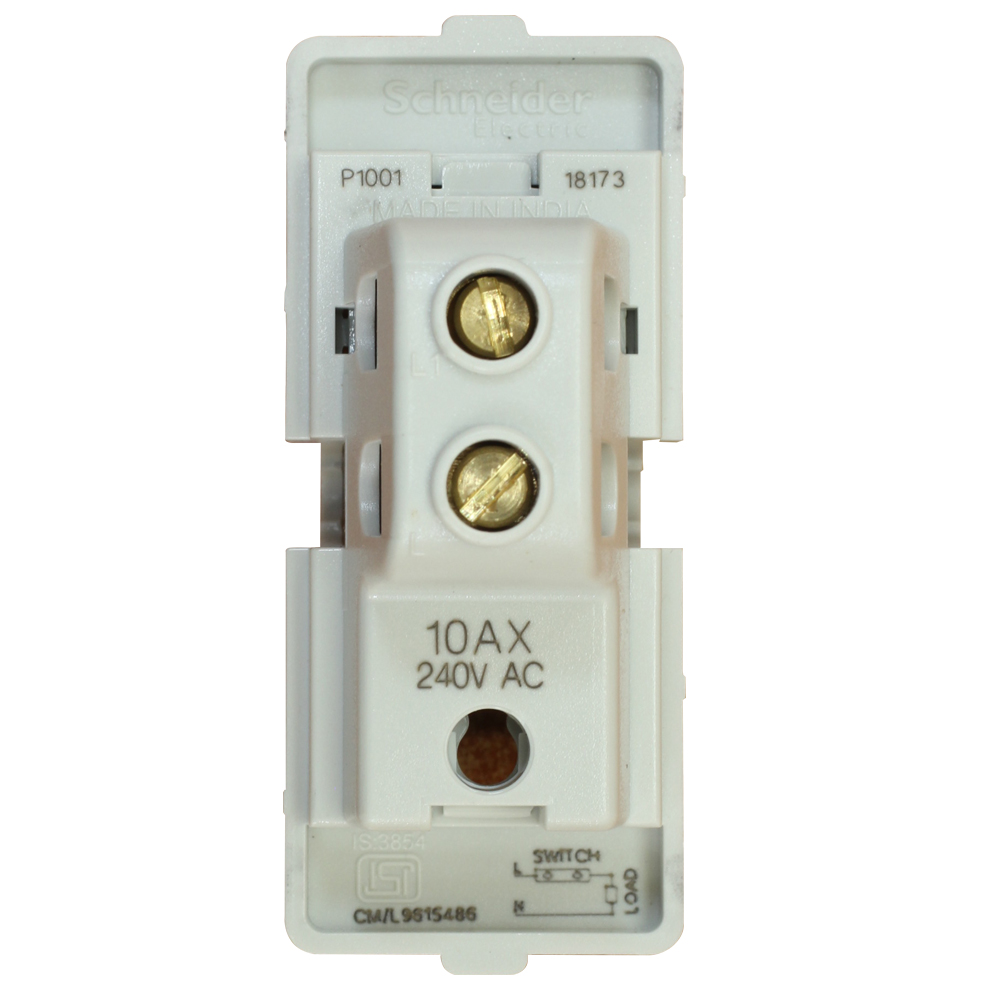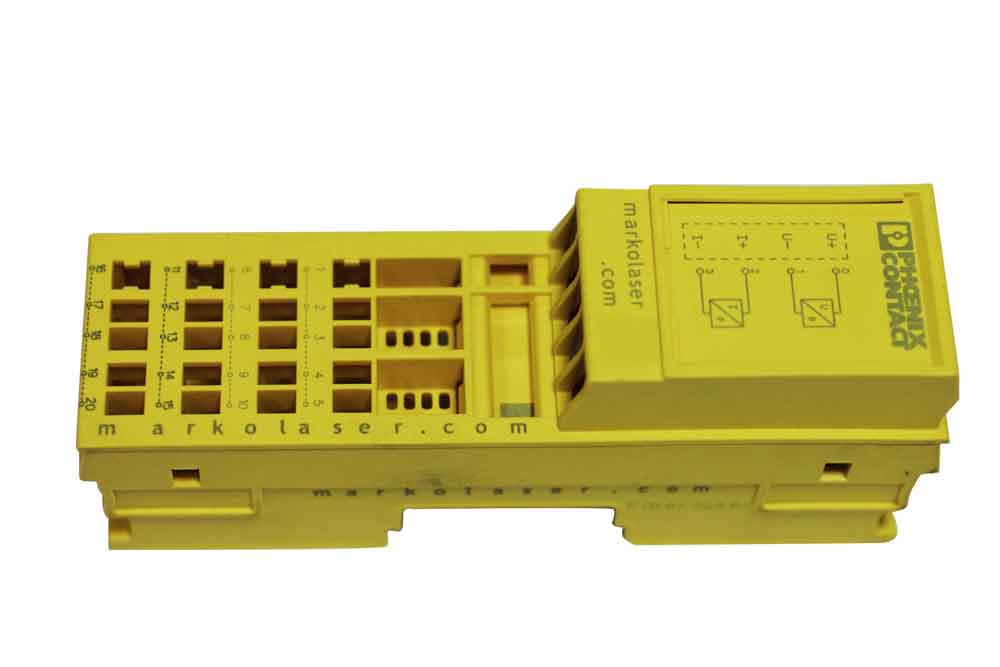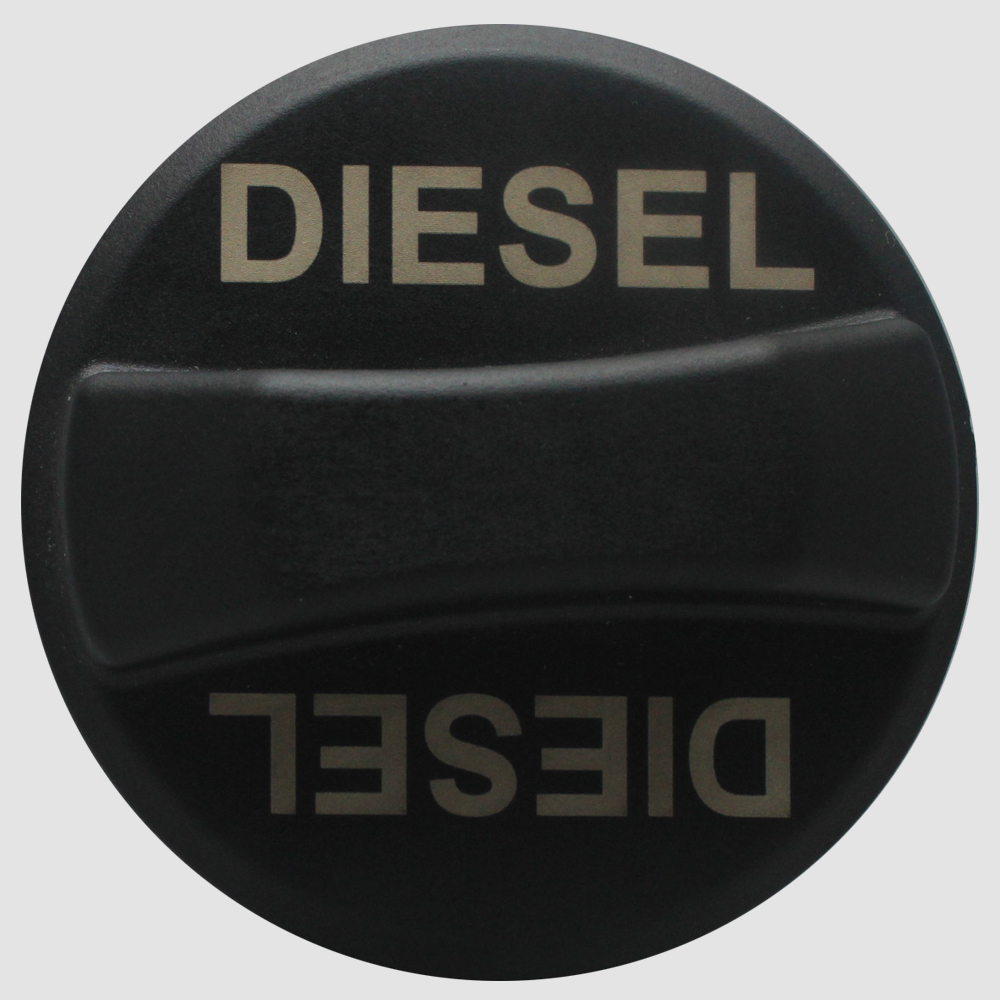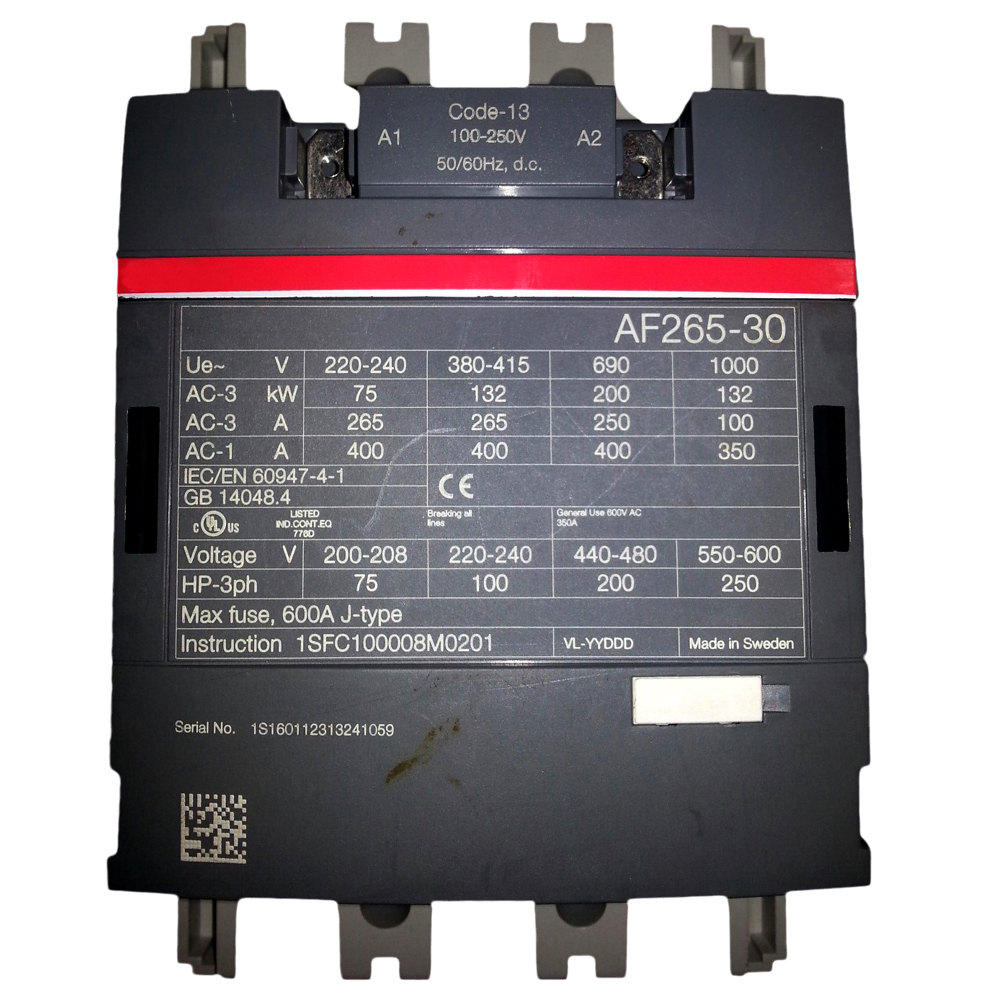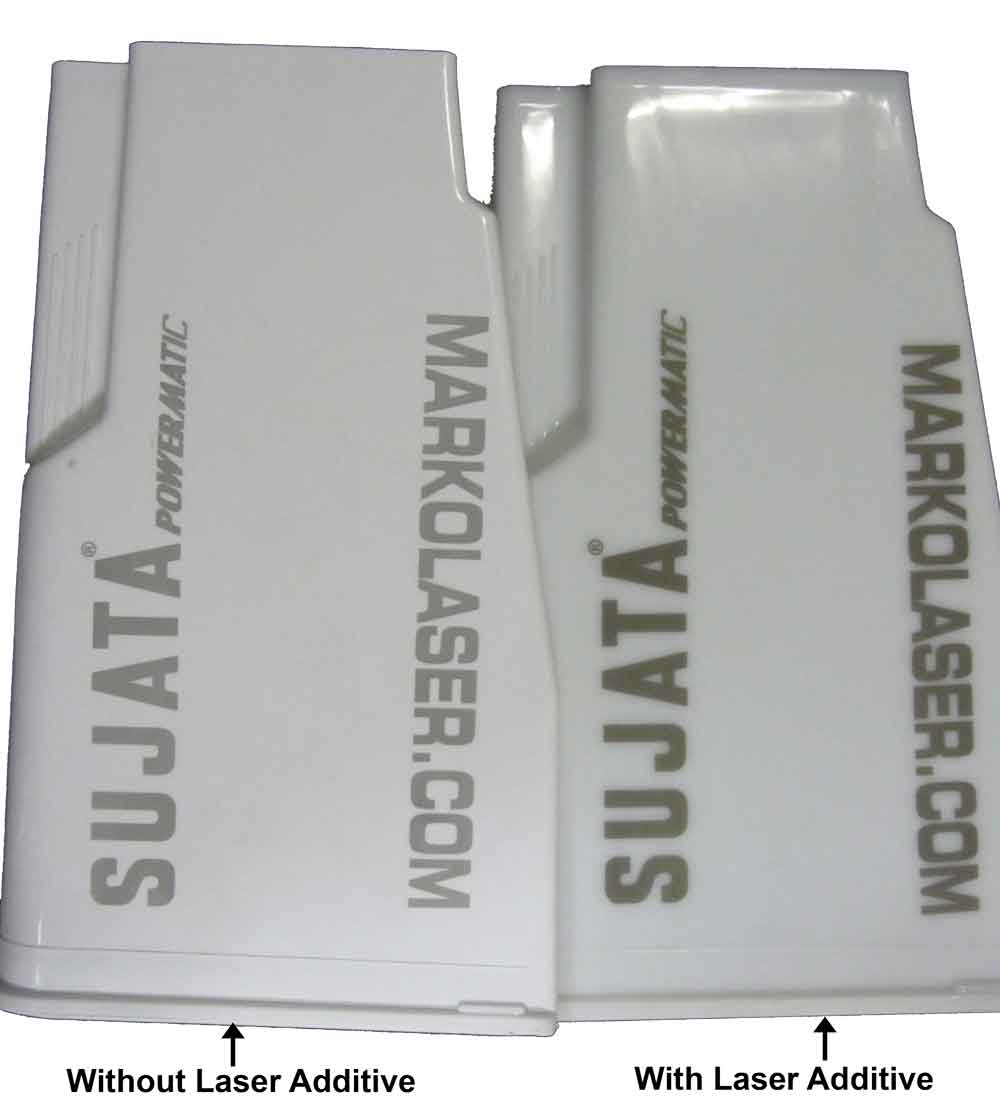- Have any questions?
- +91 9210626626
- info@markolaser.com
Laser Marking
Laser marking is an ink free, contact less, , permanent marking solution that is carried on directly on the part to be marked. It fulfils all regulations and uses a fine spot laser beam that focuses on the surface of the product. The laser beam slightly alters the surface without burning it,typically inducing a color change within the material. Hence it does not lead to any modification of the surface.
-
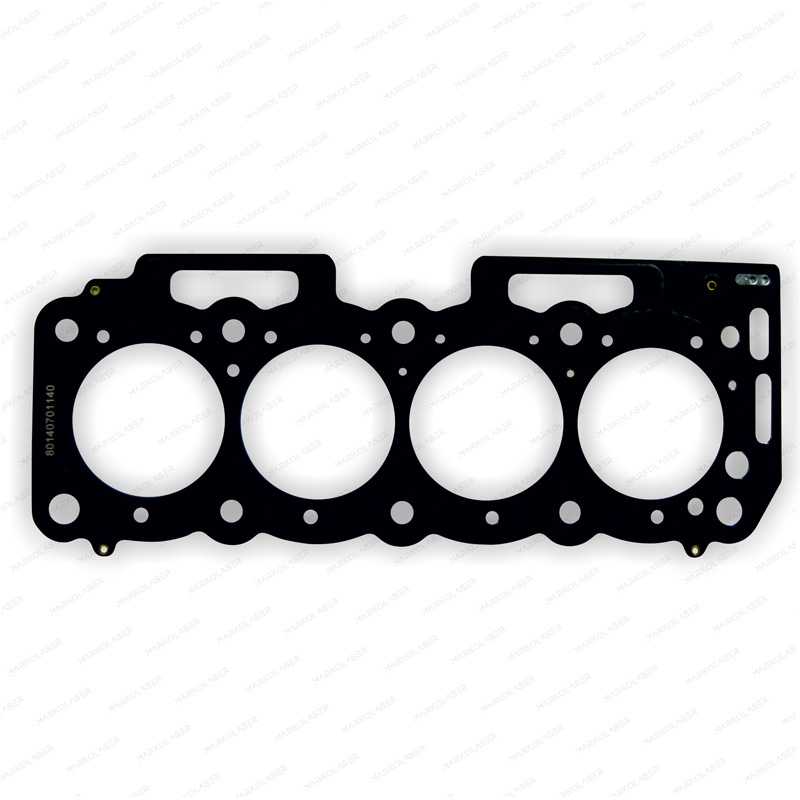
Laser marking on gasket automotive part
-
Object name: Gasket
For sampling and machine related queries for above shown applications please mail us at: info@markolaser.com, or requirement form -
-
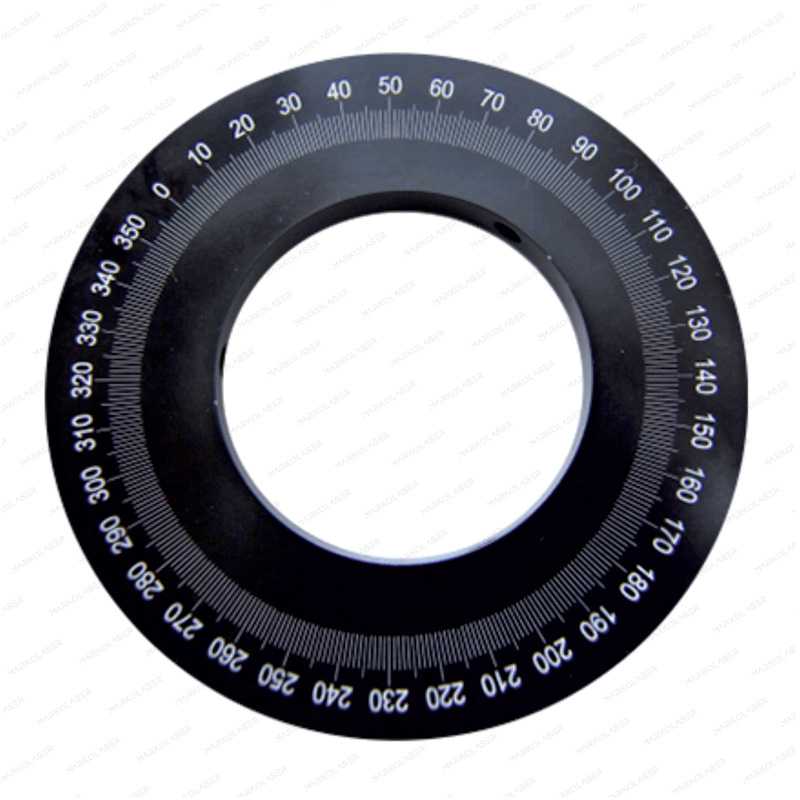
laser marking and paint removal on precision scale dial indicator
-
Object name: Precision scale dial indicator
For sampling and machine related queries for above shown applications please mail us at: info@markolaser.com, or requirement form -
-
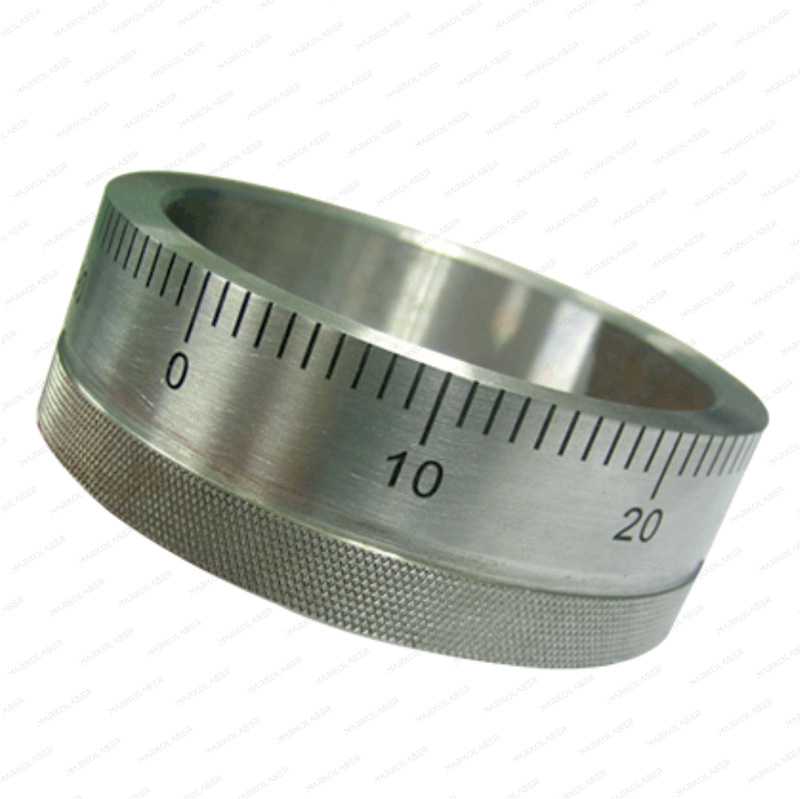
Laser marking on Sliding Vernier scale
-
Object name: Sliding Vernier scale
For sampling and machine related queries for above shown applications please mail us at: info@markolaser.com, or requirement form -
-
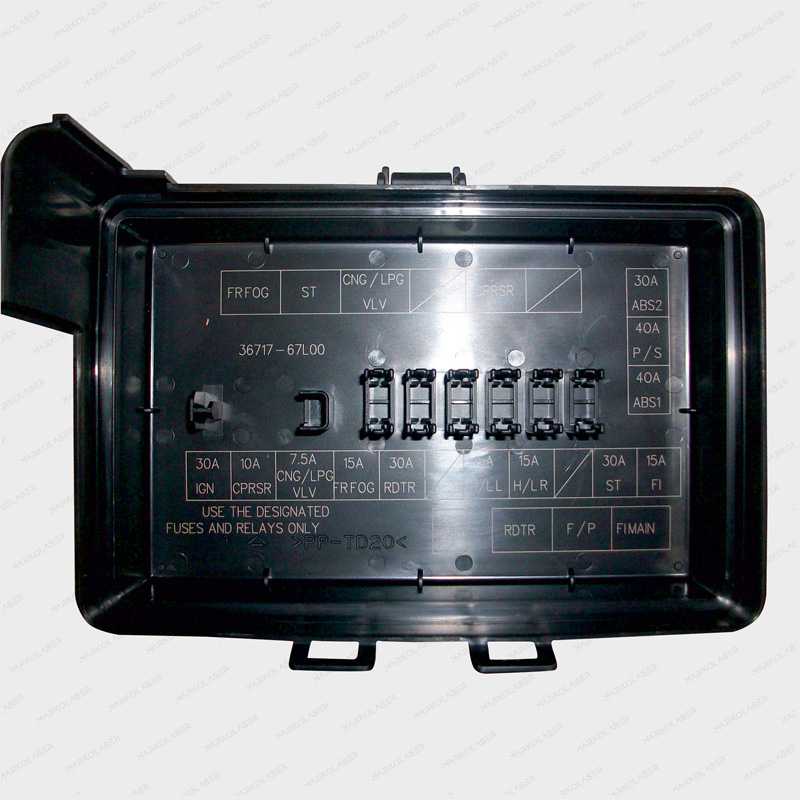
Laser marking on fuse box relay cover
-
Object name: Fuse Box Relay Cover
For sampling and machine related queries for above shown applications please mail us at: info@markolaser.com, or requirement form -
-
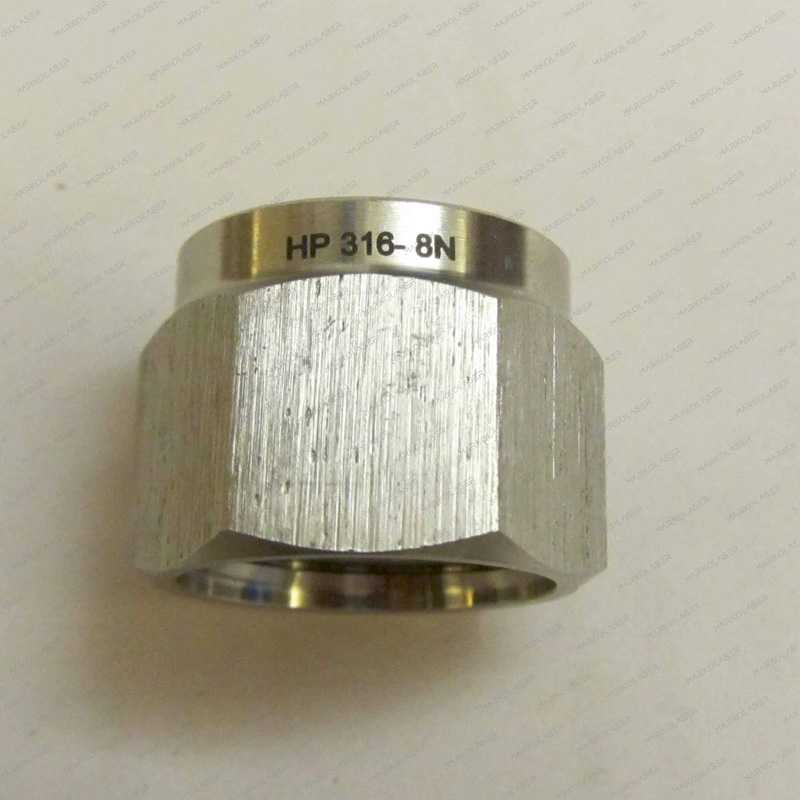
Laser marking on stainless steel bolt
-
Object name: Stainless Steel Bolt
For sampling and machine related queries for above shown applications please mail us at: info@markolaser.com, or requirement form -
-
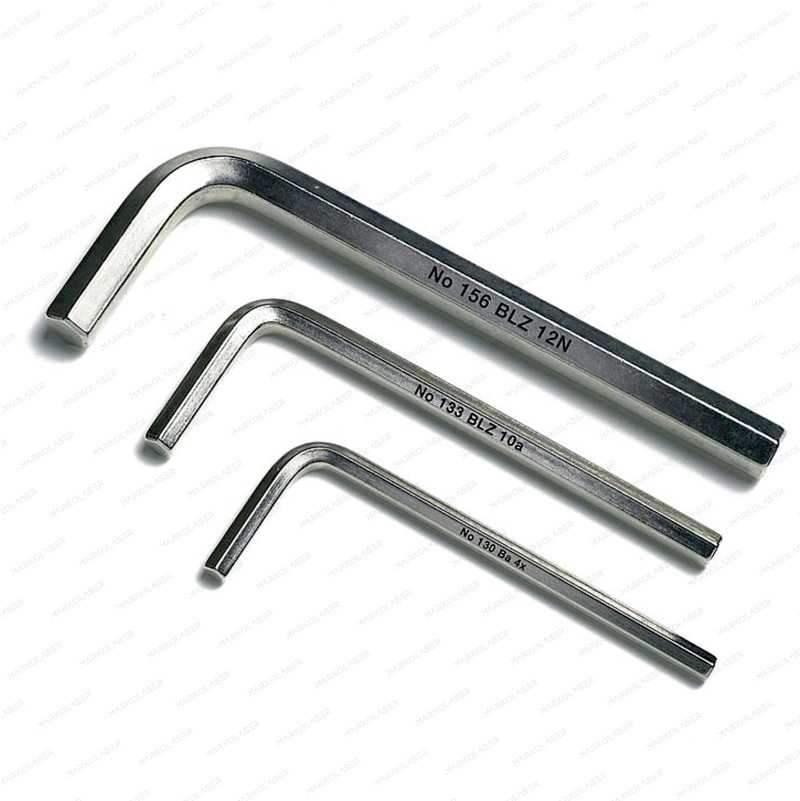
laser marking on L key hexagon wrench
-
Object name: L key hexagon wrench
For sampling and machine related queries for above shown applications please mail us at: info@markolaser.com -
Laser Annealing
Some key points of annealing:
- Used on carbon-containing metals such as Titanium, Steel, Stainless Steel, Iron
- Oxidation process can result in a variety of colors
- A slower, more drawn-out process
- Commonly carried out on products used in the medical industry. Its pplications include internal tracking and branding.
Carbon Migration Laser Marking
Some of the key-points of carbon migration laser marking:
- Only metals and their alloys containing carbon such as Steel, Stainless Steel, Carbide, Titanium can utilize this marking
- Heating process helps carbon to migrate to the surface
- Produces dark markings
- Heat is applied rapidly
Foaming Laser Marking
Some of the key-points of Foaming Laser Marking:
- Used only on polymers
- Produces light & smooth markings
- Material is melted, creating foam and gas bubbles
Coloration Laser Marking
Some of the key-points of Coloration Laser Marking:
- Can be utilized for both metals and plastics
- The process for coloration varies depending on the material to be marked
- Creates contrast in both colored and black and white materials
- Color results are based on an oxidation process
Markolaser supplies excellent European laser marking machine systems globally. All our laser marking machines are built with European laser marking machine building technology. The heart of laser marking machines is the laser marking machine generator which we import from Europe. the Galvos used in all our laser marking machines are imported from Germany. However, this does not mean that Markolaser laser marking machines are expensive. Our laser marking machines are built keeping affordability and quality in mind.
Basic questions about laser marking & engraving and their answers.
Ans. The laser beam of laser markers slightly alter the surface without evaporating it underneath, thereby inducing a colour change on the surface where the laser beam is focused. Laser marking is performed through various processes such as laser annealing, laser ablation, laser coloration and laser carbon migration. https://www.markolaser.com/industries/laser-marking-and-laser-hallmarking-by-markolaser
Ans. Laser marking is a superficial phenomenon where laser beams change the color of the material whereas laser engraving removes the material (by evaporation) up to the depth that is desired. depth. To know more about laser engraving visit: //www.markolaser.com/industries/laser-engraving-machine-for-metals
Ans. Laser marking is a controlled marking process. There is a very slight loss of surface material when the laser beams mark, clean, ablate or color the surface. The product does not get damaged due to the regulated effect of laser beams on the surface of the product. The laser marks are permanent and do not fade unless they are scratched with sharp edges.
A laser marking machine essentially marks a product or a sample by various marking techniques such as engraving, foaming and annealing at different speeds and with different effects, depending upon the composition of the sample and its inherent light absorption properties.
Ans: During laser engraving (a marking scheme), the surface of the job/sample/work piece is melted and vaporized by the heat generated by the laser beam. This induces a change in the composition of the material at the point of the laser incidence. The gorges/crevices thus formed on the surface of the work-piece in this way reveal the final engraved result.
Ans: Laser engraving is a subset of laser marking wherein the-piece upon which the laser is focused undergoes a change in composition by means of ablation and vaporisation of its laser incident area. Laser marking, however, involves several techniques under its umbrella of processes like engraving, annealing, foaming, staining etc.
Ans: Materials that can be laser engraved/marked include Stainless steel, Aluminium, Brass, Bronze, Titanium, Silver, Gold, Ceramics, Polymers, Stone, Granite, Wood, Cork, Cardboard, Tiles, Glass among a few.

